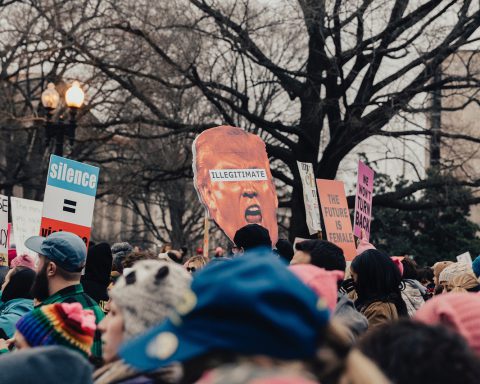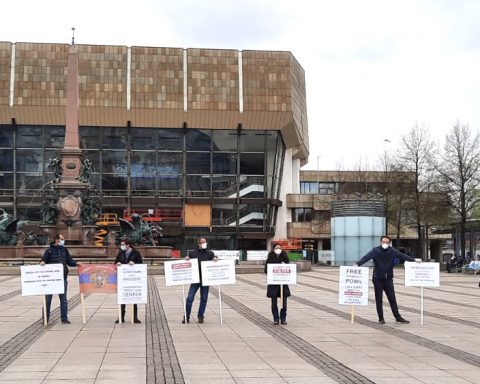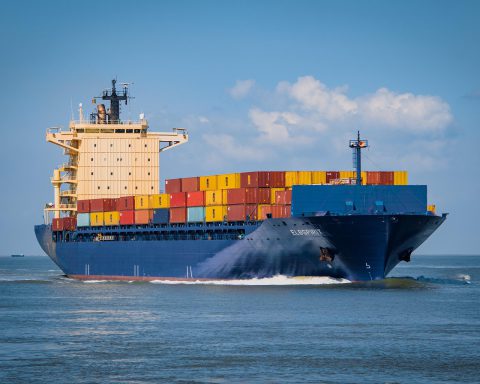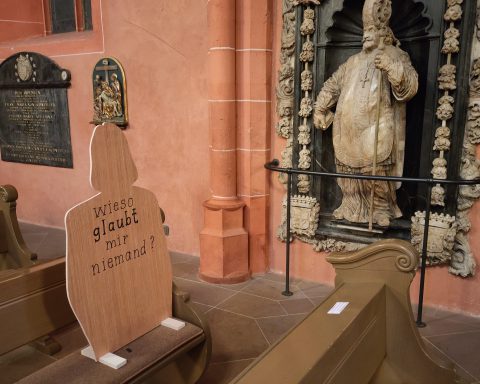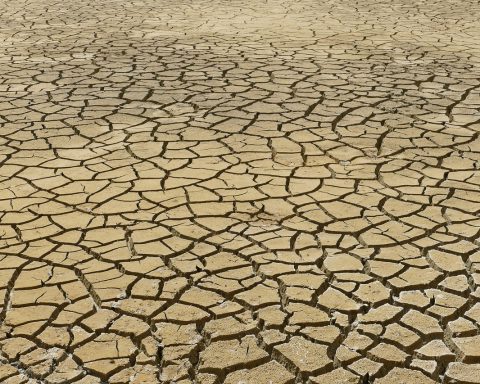America is going to the polls on Tuesday, 8 November, to choose essentially between former Secretary of State Hillary Clinton and the increasingly controversial real estate mogul Donald Trump for the next president. But the whole hotly contested election is won or lost in about one-third of key states. One of them is Pennsylvania.
As you may have heard, because of the American “Electoral College” system, the national popular vote does not matter; what matters is the popular votes in each of the 50 states. Both Clinton and Trump are sure to win some states, like California and Kentucky respectively. In these states, the party base is so large that neither candidate spends too much money or time campaigning in them.
However, about one-third of states are “swing states”. They have relatively equal party bases and large numbers of independent voters.
Among these, Pennsylvania may be particularly predictive, as the (voting) patterns within the state may represent a microcosm of the country.
The political news site RealClearPolitics has a neat electoral map tracking the average of the main polls conducted in each state. According to these polls, Clinton has a good advantage over Trump; but it is not decisive, due to 11 states that are “leaning” towards her (meaning that she has a percentage advantage above the margin of error, but that it can be overturned by undecided voters).
The state of Pennsylvania currently “leans” towards Clinton, but only a couple percentage points above the margin of error. Like Texas, it could be up for grabs.

Pennsylvania may not seem representative of a large and populous country such as the United States, since it is located in the New England region and has voted Democrat in most elections. Yet, taking a closer look at this state reveals a lot about the political geography of the country.
In the 2012 presidential elections, current President Barack Obama won by a comfortable-but-no-landslide margin of almost five percent over his rival, Governor Mitt Romney. As the map shows, most counties voted in favor of the Republican candidate. However, the Democrats secured support in the two big urban centers of the state: Pittsburgh (the blue patch to the southwest) and Philadelphia (the dark blue patch to the southeast).

The Democrats have an advantage in the populous urban centers, where there is a lot of diversity, economic dynamism, research institutions and migration (from within and outside the country). The Republicans have a clear advantage in the rural parts of the state, which is almost everywhere else.
These areas are traditional and relatively homogenized; there are relatively few newcomers. These are also the areas hit by structural adjustments, where factories and farms move or close due to the competition with other industries from within or outside the country. These are, of course, a main target group of the Trump campaign.
America’s political geography is indeed similar to that of Pennsylvania: It boils down to a matter of coast versus heartland.

The economically and culturally dynamic urban centers (mainly located in both coasts) are Democrat strongholds, while the Republicans’ base is found in traditional rural settings. One typically finds this latter area in the center of the country, and that is why many call it the “heartland.”
The strategy of the Trump camp has been to mobilize people to vote who had typically abstained from voting in the past, but who are now angry at the pace of economic and cultural change in the country. One expects to find these voters in the “heartland” of Pennsylvania and America.
According to the polls, Trump does not seem to be succeeding, while Clinton is. However, there is the danger of the “shy Trump voter.” These are the ones who claim to polling agencies that they will not vote, or that they are undecided, because of fear of being branded a “racist.”
Let’s hope that Americans are not shy and that the polls are accurate. If not, the “heartland” might overtake the urban Democrat strongholds and the prospects of a peaceful future with them…
Also, there are about eight “toss ups” where neither candidate has an advantage above the margin of error, and it is anybody’s guess who of the two will win.
Unsurprisingly, Florida is one of these toss-up states. The “Sunshine State” has the chance to decide the fate of the “free world” once again due to its large population, which gives it a very large weight in the electoral college (29 electoral votes).
This is why both candidates are doing intense “last-minute” campaigns in Florida; especially Trump, who needs to win America’s panhandle if he is to have any chance of building his useless and mega-expensive wall along the Mexican-American border.
The surprise, however, is that Republican strongholds like Texas, Georgia, and Arizona are also in this “toss up” category. If Clinton were to carry any of these states, it would cause a political implosion in the Republican party.
The former secretary of state has a credible chance of winning Arizona; Texas is much more unlikely, but the Clinton camp has been campaigning in the “Lone Star State,” a Republican stronghold since 1980. Bill Clinton managed to win the presidency without Texas in 1992, but it is not certain that the same can be said for Hillary.
Jimmy Carter was the last Democrat to win the “Lone Star State,” in 1976. Let’s hope that this comet passes through again 40 years later.

